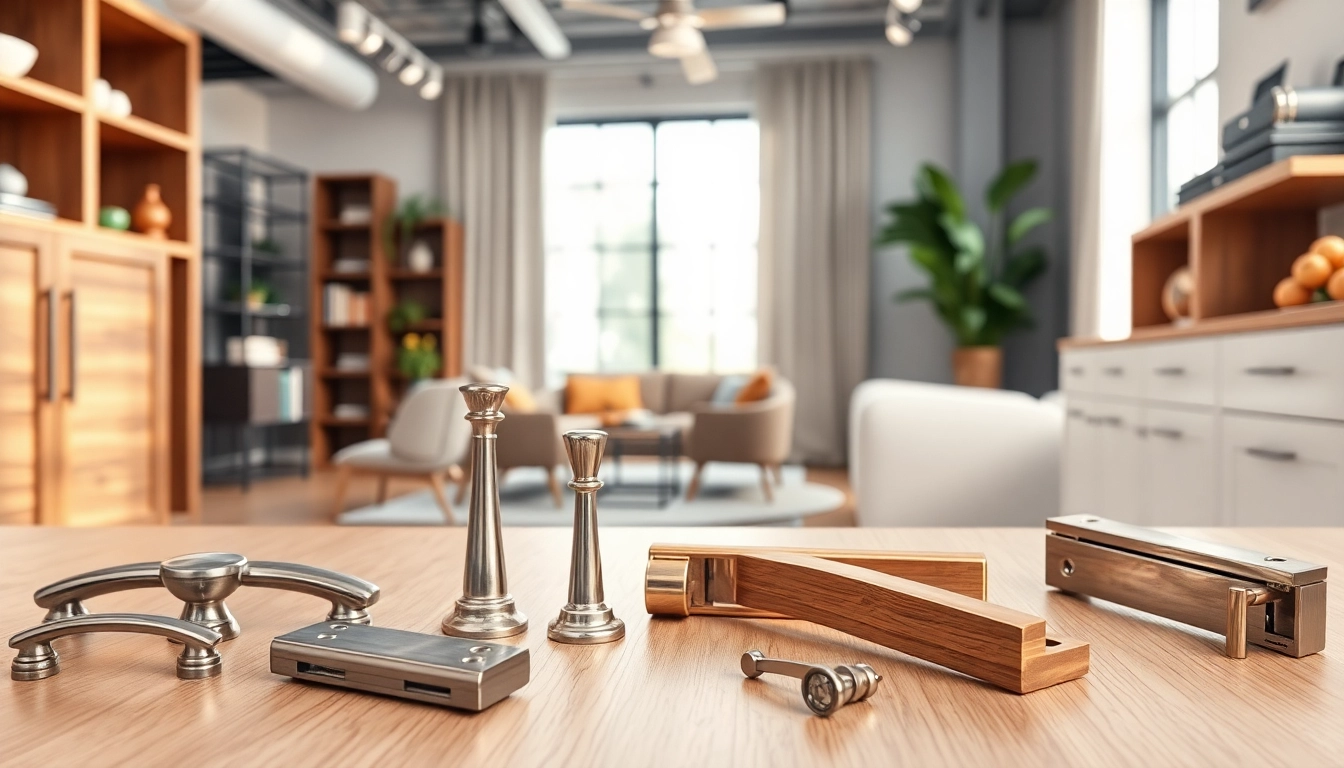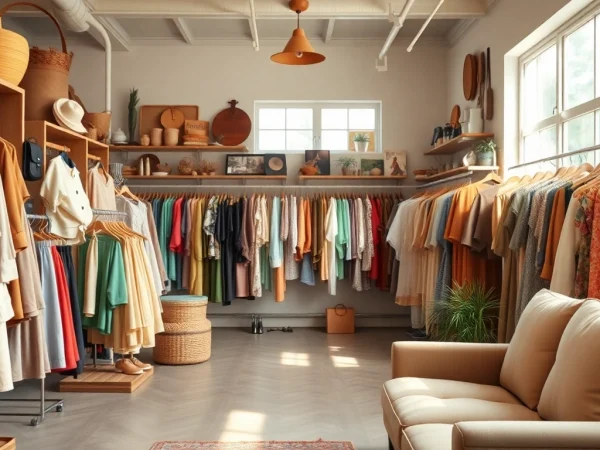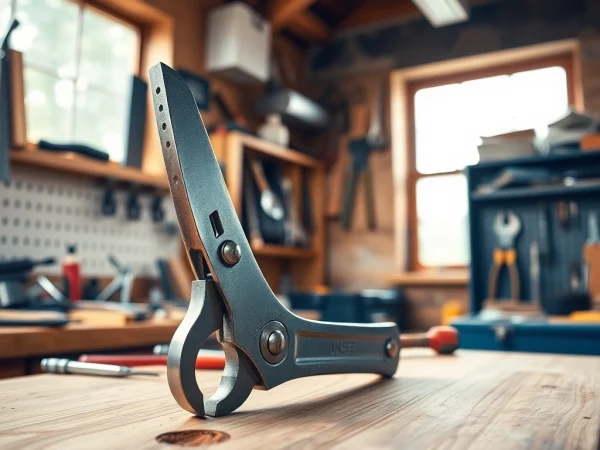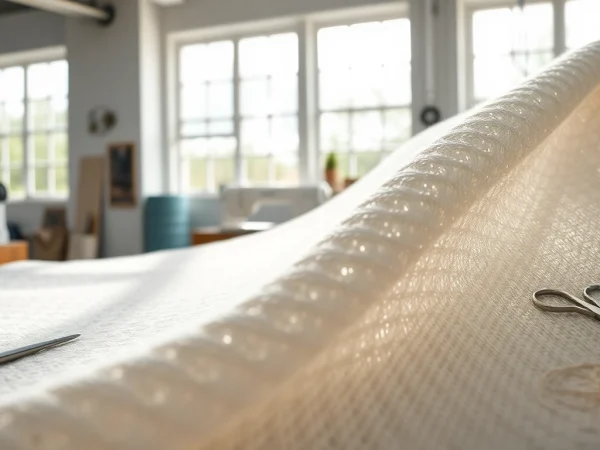Elevate Your Interiors with Top Furniture Hardware Manufacturers
1. Understanding the Role of Furniture Hardware Manufacturers
In the world of furniture design and functionality, the significance of furniture hardware manufacturers cannot be overstated. These manufacturers play a crucial role in defining not just the aesthetics of furniture but also its overall performance. By providing a wide range of hardware components, from hinges and drawer slides to knobs and pulls, they help furniture makers create pieces that are both visually appealing and functionally robust.
1.1 Importance of Quality Hardware in Furniture
The quality of hardware directly impacts the longevity and usability of furniture. Low-quality components can lead to frequent repairs, malfunctions, and ultimately a poor user experience. For instance, a subpar hinge may cause cabinet doors to sag or operate improperly, while an inferior drawer slide can result in drawers that stick or require excessive force to open. High-quality hardware, on the other hand, enhances the furniture’s functionality and complements its design, making it an essential consideration for any furniture project.
1.2 Key Types of Furniture Hardware
Furniture hardware comes in numerous types, each serving distinct purposes. Some of the most common include:
- Hinges: Essential for doors and lids, varying from concealed to decorative styles.
- Drawer Slides: Determine how smoothly a drawer opens and closes, with options ranging from side-mounted to under-mount systems.
- Knobs and Pulls: These are the visible elements that contribute to the furniture’s design, available in various styles, finishes, and materials.
- Furniture Legs: Support the structure and add to the aesthetic appeal, with choices like metal, wood, or adjustable legs.
- Locks: Provide security and access control, critical for cabinets in both residential and commercial settings.
1.3 How Manufacturers Shape Design Trends
Furniture hardware manufacturers are often at the forefront of design innovation. By introducing new materials, finishes, and designs, they influence furniture trends. The rise of minimalism, for example, can be attributed to hardware designs that favor clean lines and understated elegance. Manufacturers learn to adapt to market demands, leading to designs that combine functionality with contemporary aesthetics, essential for any furniture layout.
2. Top Furniture Hardware Manufacturers to Consider
2.1 Leading Brands Overview
When exploring the market for furniture hardware, several brands stand out due to their reputation, quality, and innovation:
- Top Knobs: Renowned for their extensive selection of high-quality cabinet and drawer hardware, Top Knobs caters to various design preferences.
- Rockler: This brand offers a broad range of hardware, especially geared towards DIY enthusiasts and professional woodworkers, ensuring quality and versatility.
- Furnica: Known for their comprehensive range, Furnica specializes in affordable yet reliable furniture accessories.
- Richelieu Hardware: With a focus on modern design, Richelieu provides innovative hardware solutions that combine functionality and style.
- Häfele: A global leader, Häfele manufactures a vast array of hardware solutions, including cutting-edge lighting products.
2.2 Innovative Products and Features
Modern furniture hardware manufacturers are continuously focused on innovation. For instance, some companies are exploring smart hardware that can connect to smart home systems. This technology can enhance functionality, allowing for features like automatic soft-close mechanisms or remote control drawer systems. Manufacturers are also investing in eco-friendly materials, reflecting growing consumer preferences for sustainability.
2.3 Comparing Prices and Value
When investing in furniture hardware, it is essential to find a balance between cost and quality. While it’s tempting to opt for the cheapest options, consider the long-term implications of your purchase. High-quality hardware may come at a higher price but can save money in repairs and replacements over time. It’s beneficial to analyze product reviews and comparisons to understand better the value each brand offers.
3. Navigating the Buying Process
3.1 Factors to Consider When Selecting Hardware
The selection of furniture hardware should not be done impulsively. Key factors to take into account include:
- Material: Choose materials based on durability and style. Stainless steel and brass are known for their resilience, while plastic options can be more affordable.
- Design Compatibility: Ensure the hardware complements the overall design of your furniture.
- Functional Needs: Assess the functional requirements, such as weight capacity for drawer slides or the ease of use for cabinet pulls.
- Brand Reputation: Research manufacturers to ensure you’re choosing brands known for their quality and customer service.
3.2 Understanding Manufacturer Warranties and Support
Before making a purchase, it’s crucial to understand the warranty and support options available. Most reputable manufacturers offer warranties that can provide coverage for defects and failures. Knowing the terms and duration of these warranties can give consumers peace of mind, ensuring they are supported should issues arise. Additionally, consider the customer service reputation of the manufacturer, as good support can be invaluable for resolving installation or functionality issues.
3.3 Where to Buy Quality Furniture Hardware
Furniture hardware is available through various channels, including local hardware stores, specialty shops, and online platforms. Each avenue presents its benefits:
- Local Stores: You can physically examine products, seeking advice from knowledgeable staff.
- Online Retailers: Websites often provide a broader selection and competitive pricing, along with customer reviews to guide your choice.
- Manufacturer Websites: Purchasing directly from manufacturers’ sites can offer access to the latest products and exclusive designs.
4. Installation Tips and Best Practices
4.1 DIY Installation vs. Professional Help
Deciding whether to tackle hardware installation yourself or hire a professional can be daunting. DIY installation is often suitable for standard hardware where clear instructions are provided. However, if you are dealing with complicated mechanisms or extensive cabinetry, employing a professional can save time and guarantee that the installation meets safety standards.
4.2 Common Mistakes to Avoid
During the installation process, several common mistakes can arise:
- Measurement Errors: Always double-check dimensions before drilling holes or attaching hardware.
- Ignoring Instructions: Adhering to the manufacturer’s installation guidelines is crucial for ensuring optimal functionality.
- Using Incorrect Tools: The right tools make a significant difference in the installation’s quality and efficiency.
4.3 Tools and Techniques for a Successful Install
Having the right tools can make installation a breeze. Several essential tools include:
- Drill/Driver: Essential for creating holes and screwing in hardware.
- Screwdrivers: Various sizes help in securing hardware pieces accurately.
- Level: Useful for ensuring that all pieces are installed evenly.
- Measuring Tape: Ensures accurate placement and alignment of hardware.
- Clamps: Helps hold pieces steady while you secure them.
Using these tools effectively can lead to a clean, professional finish in your furniture installations.
5. Future Trends in Furniture Hardware
5.1 Sustainable Materials in Manufacturing
The furniture industry is witnessing a marked shift toward sustainability. Manufacturers are investing in eco-friendly materials that do not compromise quality or aesthetics. Innovations such as recycled metals and bio-based plastics are becoming standard, responding to increasing consumer demand for environmentally responsible products.
5.2 Smart Hardware: The Next Big Thing
With advancements in technology, smart furniture hardware is poised to revolutionize the market. Features such as app-controlled locks, self-closing drawers, and voice-activated mechanisms are becoming increasingly popular. These innovations not only add convenience but also enhance the functionality of traditional furniture pieces.
5.3 Customization and Personalization Trends
Today’s consumers are increasingly seeking customization in their furniture. Manufacturers are responding by offering a wide range of hardware options that allow for personalization. This could range from unique finishes and styles to bespoke sizes that fit specific furniture designs. Such flexibility ensures that consumers can find the perfect match for their interiors.










